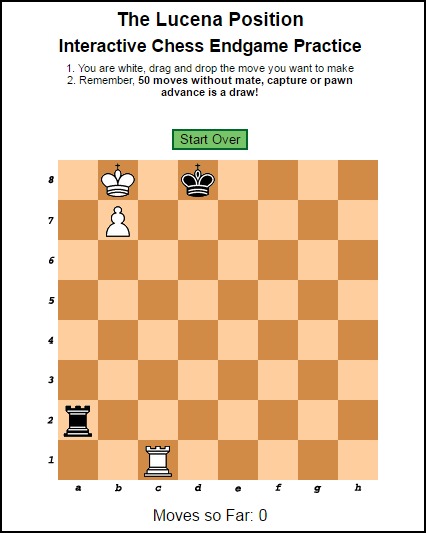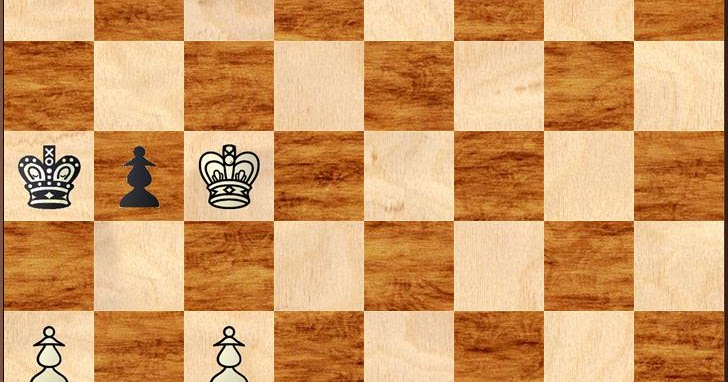

Keeping both these ratings in mind, we are presenting the most advanced Chess Engines that demonstrate the machine’s domination over humanity. In addition to ranking chess engines from best to worst, these lists also provide margins of errors on the given ratings.Īmong these rating lists, the most famous are CCRL (Computer Chess Rating Lists) and CEGT (Chess Engines Grand Tournament). There are literally hundreds of ‘rating lists’ that measure the relative strength of chess engines, based on how many moves they make per minute. These numbers are dwarfed by the number of possible moves in chess, making it one of the most complex board games. To put this into perspective, there have been only 10 26 nanoseconds since the Big Bang and about 10 75 atoms in the entire universe. If you construct a complete tree of all possible moves in a chessboard, you will get a total of 10 120 moves. Modern engines are more selective and have a better positional understanding. Since the hardware and programming techniques are getting better year by year, chess engines are becoming more intelligent. To me, 5-6 men tablebases/bitbases is just enough.A chess engine usually analyzes thousands of outcomes before making an efficient move.
#Best endgame tablebase how to
What we really need is how to find another alternative similar to nalimov but highly compressible like bitbases in the future. With respect to bitbases like Scorpio egbb, I notice in the CCRL ratinglist that some engines lose some ELO points when bitbases are enabled. Most engines using Nalimov EGTB benefit from this. Converting it to bitbase is losing some of its important features like DTM. I'm no expert on endgame databases, but the way I see it, nalimov tablebase is already an "oracle" of perfect endgame play, though needs a high demand for diskspace. This is only one of my odd projects at the moment. I am also generating my own learning files from high quality games using Chesterfield's learning utility and see for myself the difference.
#Best endgame tablebase archive
As it uses a rare endgame database, I was hoping that I could acquire a much larger archive (from CW) aside from the default files from Matthias Lüscher. Honestly, this project is just a special interest of study on my part on some chess engines with chess learning. Jkominek wrote:Denis - While aware of the program Chesterfield, I can only guess at decoding "CL" and fess ignorance to ask: what is the ChesterfieldCL project?įrom your perspective, are there any shortcomings to converting the Nalimov tables to bitbases? Acquiring old endgame tables is the purview of museums. The separately generated data of Edwards, Wirth, and Heinz will be harder to acquire.Īs I see it, acquiring old chess programs is the hobby of collectors. Jonathan Schaefer is likely to have Thomspson bases Robert Hyatt may have kept them too. Someone with better connections, or the old-timers of chess programming come to mind.

I'm too new to this game to be of much assistance. Having them vanish into the Great Bit Bucket in the sky would surely be a shame.

With emule and Kirill's site doing such a good job of disseminating Nalimov tablebases, I'd be pleased to see all the older formats hosted as well - for the sake of history and posterity. In the article it's given as but that is 8 years old and is now most likely a bounce-back address. there is no indication of how to get his data. Exhaustive and Heuristic Retrograde Analysis of the KPPKP Endgame. Quickly scanning his major publication on the subject. Now that's an interesting task of computer archaeology.


 0 kommentar(er)
0 kommentar(er)
